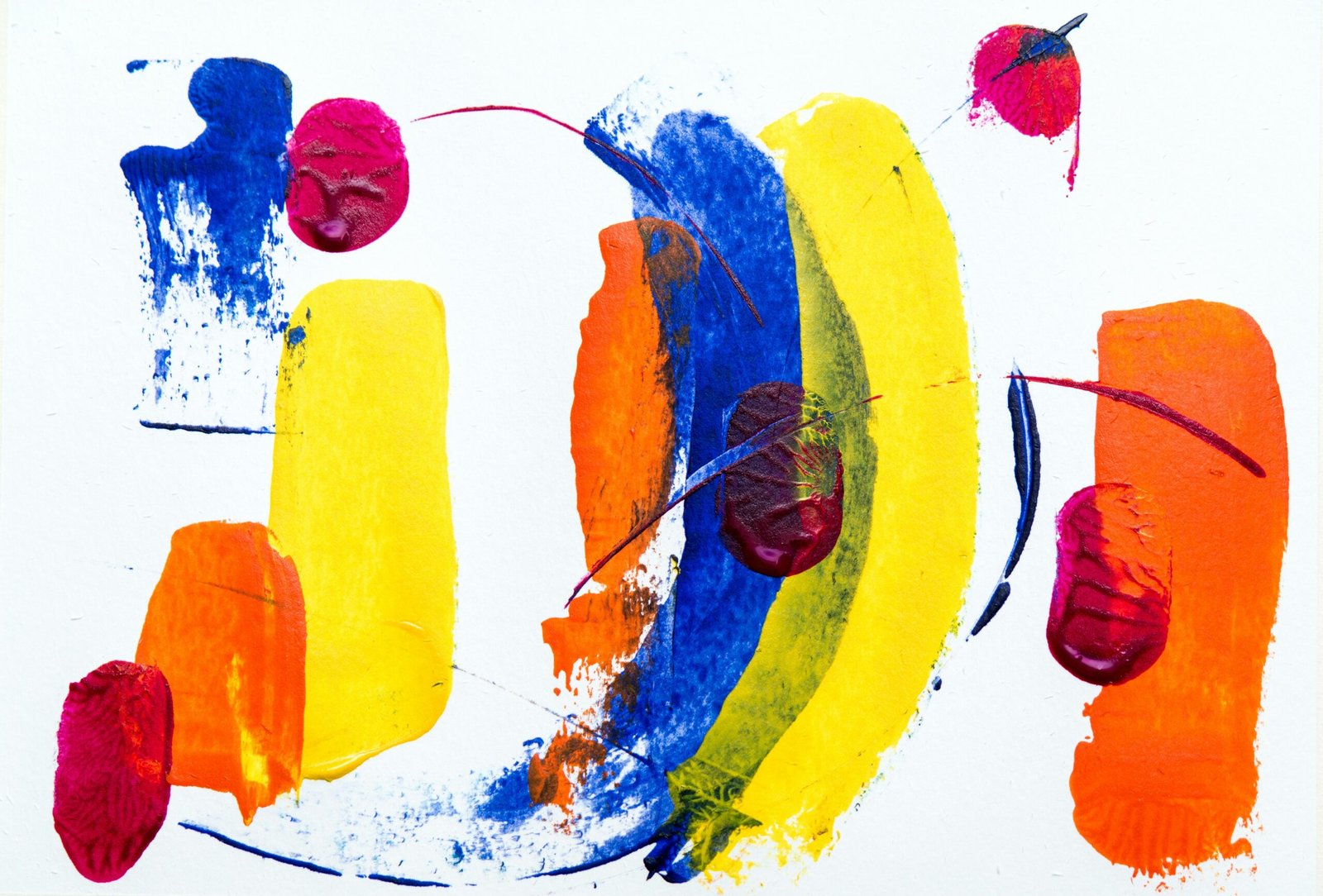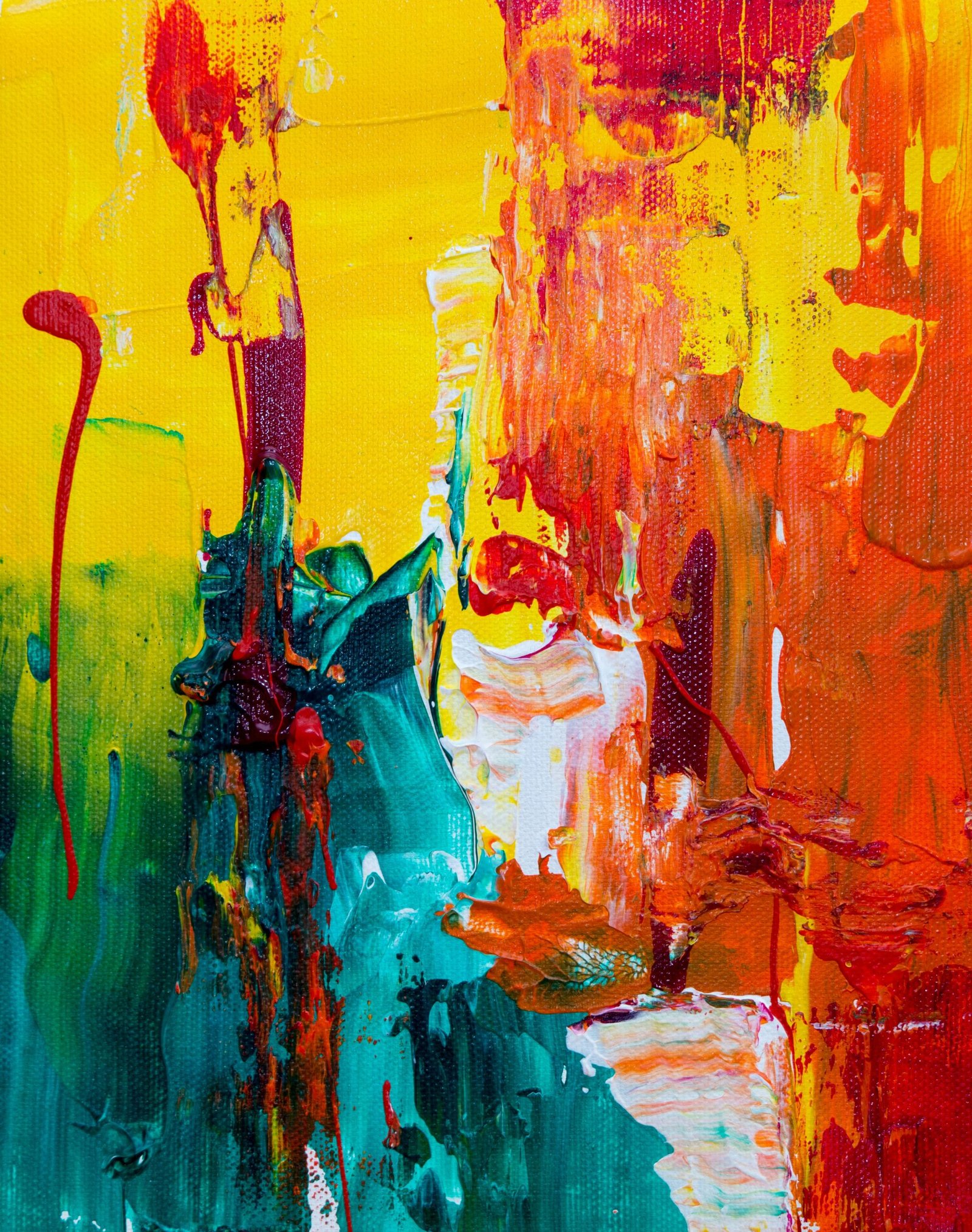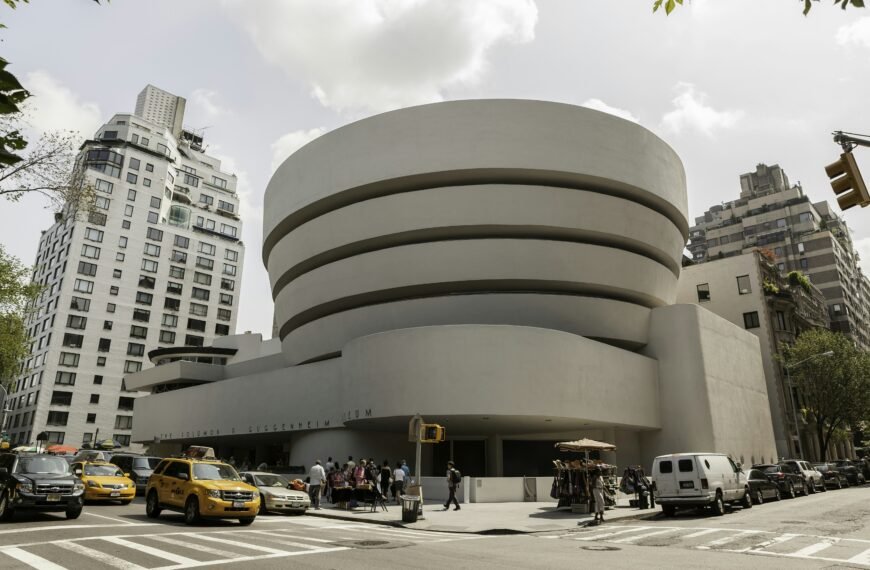In the world of art, Frank Stella was a trailblazer who never shied away from pushing boundaries. From his early iconic Black Paintings that shook the art world, to his later exploration of deep space and baroque curves, Stella’s journey as an abstract artist was nothing short of remarkable. In this captivating article, “Frank Stella: From Bauhaus to Fun House,” you’ll get an intimate glimpse into the life and work of this extraordinary artist who was determined to keep abstract art alive, even when it fell out of favor with younger artists. So join us as we delve into the fascinating evolution of Frank Stella’s artistic career, from his Bauhaus-inspired beginnings to his mind-bending and imaginative creations.

Early Life and Education
Frank Stella’s early life
Frank Stella, one of the most influential American painters of the 20th century, was born on May 12, 1936, in Malden, Massachusetts. Growing up in a middle-class Italian-American family, Stella developed an early interest in art. His father, a gynecologist, and his mother, a teacher, encouraged his passion and provided him with a supportive environment to explore his creativity.
His education and influences
Stella attended Phillips Academy in Andover, Massachusetts, where his artistic talents began to take shape. It was during his time at Phillips Academy that he was introduced to the works of the Abstract Expressionists, such as Jackson Pollock and Willem de Kooning. These artists would have a profound influence on Stella’s artistic development.
After completing high school, Stella went on to study art at Princeton University. At Princeton, he was mentored by the art historian William Seitz, who introduced him to the ideas of Minimalism and Color Field painting. Stella was deeply influenced by the work of artists like Barnett Newman and Ad Reinhardt, who emphasized the use of color, shape, and form in their paintings.
Breakthrough with the Black Paintings
Overview of the Black Paintings
In the late 1950s and early 1960s, Stella gained widespread recognition for his series of paintings known as the Black Paintings. These works were characterized by their flat surfaces and repetitive geometric patterns. Stella abandoned traditional representational art and focused on exploring the potential of abstract painting.
Stella’s rejection of gestural painting
The Black Paintings were a direct rejection of the gestural painting style popularized by the Abstract Expressionists. Stella believed that art should be stripped down to its most basic elements and that it should not rely on the artist’s personal expression or emotion. Instead, he embraced a more objective approach to art-making.
The defining slogan of Minimalism
Stella’s famous statement, “What you see is what you see,” became the defining slogan of Minimalism. This mantra highlighted Stella’s commitment to creating art that was devoid of symbolism or metaphor. For Stella, art was about pure visual experience and the interaction between the viewer and the artwork.

Transition to Deep Space and Baroque Curves
Stella’s shift in artistic direction
In the late 1970s, Stella underwent a significant shift in his artistic direction. He began to explore deep space and baroque curves, moving away from the strict minimalistic aesthetic of his earlier works. This transition marked a period of experimentation and innovation in his artistic practice.
Exploration of deep space and baroque curves
During this period, Stella created works that pushed the boundaries of traditional painting. He incorporated three-dimensional elements into his canvases, creating a sense of depth and movement. Stella’s use of bold colors and dynamic shapes added a sense of drama and energy to his works.
Works such as ‘Giufà, la luna, i ladri e le guardie’
One of Stella’s notable works from this period is ‘Giufà, la luna, i ladri e le guardie’ (1984), which is now in the collection of the Museum of Modern Art. This massive nine-foot-tall assemblage features metal cones and columns that appear to jut off the wall, creating a sculptural effect. This work showcases Stella’s exploration of deep space and his ability to push the boundaries of traditional painting.
Giant Metal Reliefs and Automotive Paint
Stella’s production of giant metal reliefs
In addition to his exploration of deep space and baroque curves, Stella also experimented with sculpture. He began producing giant metal reliefs that incorporated automotive paint. These reliefs, often undulating and glittery in appearance, challenged traditional notions of sculpture and pushed the boundaries of materials and techniques.
Description of undulating and glittery constructions
Stella’s giant metal reliefs are characterized by their monumental scale and dynamic forms. The use of automotive paint adds a reflective and vibrant quality to the surfaces, creating a sense of movement and energy. These works engage with the viewer on both a visual and tactile level, inviting them to explore the interplay of light and form.
Influence of the Bauhaus and fun house aesthetics
Stella’s use of unconventional materials and his emphasis on the relationship between art and architecture drew inspiration from the Bauhaus movement. The Bauhaus, an influential art and design school founded in Germany in the early 20th century, promoted the integration of art, craft, and technology. Stella’s works also bear the influence of fun house aesthetics, with their playful and immersive qualities.

Stella’s Impact on Contemporary Art
Discussion on Stella’s influence on younger artists
Throughout his career, Stella has had a significant impact on younger generations of artists. His innovative approach to materials, his rejection of traditional artistic conventions, and his dedication to pushing the boundaries of artistic practice have served as an inspiration for many artists working today.
Relevance and significance of Stella’s work in the art world
Stella’s work continues to be highly relevant and significant in the art world. His contributions to the development of Minimalism, his exploration of three-dimensional space, and his use of unconventional materials have expanded the possibilities of what art can be. Stella’s legacy lies not only in his own groundbreaking works but also in the influence he has had on subsequent generations of artists.
Recognition and Achievements
Awards and honors bestowed upon Frank Stella
Throughout his career, Frank Stella has received numerous awards and honors for his contributions to the art world. He was awarded the National Medal of Arts in 2009, the highest honor given to artists and arts patrons by the United States government. He has also received honorary degrees from several prestigious institutions, including Harvard University and Princeton University.
Major exhibitions featuring his work
Stella’s work has been showcased in major exhibitions around the world. Some notable exhibitions include retrospectives at the Museum of Modern Art in New York, the Whitney Museum of American Art, and the Solomon R. Guggenheim Museum. These exhibitions have served to cement Stella’s reputation as one of the most important artists of his generation.
Stella’s Artistic Process and Techniques
Insight into Stella’s creative process
Frank Stella’s creative process is marked by experimentation and a willingness to take risks. He often starts with a simple idea or concept and allows the work to evolve organically through the materials and techniques he uses. Stella’s process involves a combination of planning and spontaneity, with each work taking on a life of its own.
Materials and techniques used in his artwork
Stella has worked with a wide range of materials throughout his career, including canvas, metal, wood, and fiberglass. He is known for his innovative use of materials, such as automotive paint, which adds a unique visual quality to his works. Stella employs various techniques, including cutting, bending, and shaping, to create his dynamic and visually striking compositions.
Themes and Motifs in Stella’s Work
Identification of recurring themes in Stella’s artwork
Several recurring themes can be identified in Frank Stella’s artwork. One such theme is the exploration of space and form, as seen in his transition from the flat surfaces of the Black Paintings to the three-dimensional compositions of his later works. Other themes include the relationship between art and architecture, the use of color and shape to create visual impact, and the interplay of light and shadow.
Exploration of common motifs and symbols
Stella often incorporates geometric shapes and patterns into his artwork, creating a sense of order and structure. These motifs serve as a visual language through which he explores his chosen themes. Stella’s use of repetition and symmetry also adds a sense of balance and harmony to his compositions.
Criticism and Controversy
Discussion of criticism faced by Stella
Like many artists, Frank Stella has faced both criticism and controversy throughout his career. Some critics have accused him of sacrificing content and meaning in favor of formalistic concerns. Others have questioned the relevance of his work in an increasingly diverse and global art world. Despite this criticism, Stella’s contributions to the development of abstract art and his willingness to push artistic boundaries cannot be denied.
Controversial aspects of his art and career
One controversial aspect of Stella’s art and career is his rejection of traditional painting techniques and his embrace of unconventional materials and forms. Some critics have argued that his works lack the emotional depth and expressive power associated with more traditional approaches to painting. However, others view Stella’s departure from tradition as a necessary evolution of the medium, one that reflects the changing cultural and artistic landscape of the 20th century.
Legacy and Influence
Evaluation of Stella’s lasting impact on the art world
Frank Stella’s legacy in the art world is significant and far-reaching. His contributions to the development of Minimalism and his exploration of new materials and techniques have had a lasting impact on contemporary art. Stella’s willingness to challenge artistic conventions and his commitment to pushing the boundaries of what art can be continue to inspire and influence artists today.
Impact on future generations of artists
Stella’s innovative approach to art-making and his dedication to experimentation have had a profound impact on future generations of artists. His willingness to break free from the constraints of tradition and embrace new possibilities continues to inspire artists to push the boundaries of their own practice. The influence of Frank Stella can be seen in the work of countless contemporary artists, who continue to build upon his legacy and explore new frontiers in the art world.







